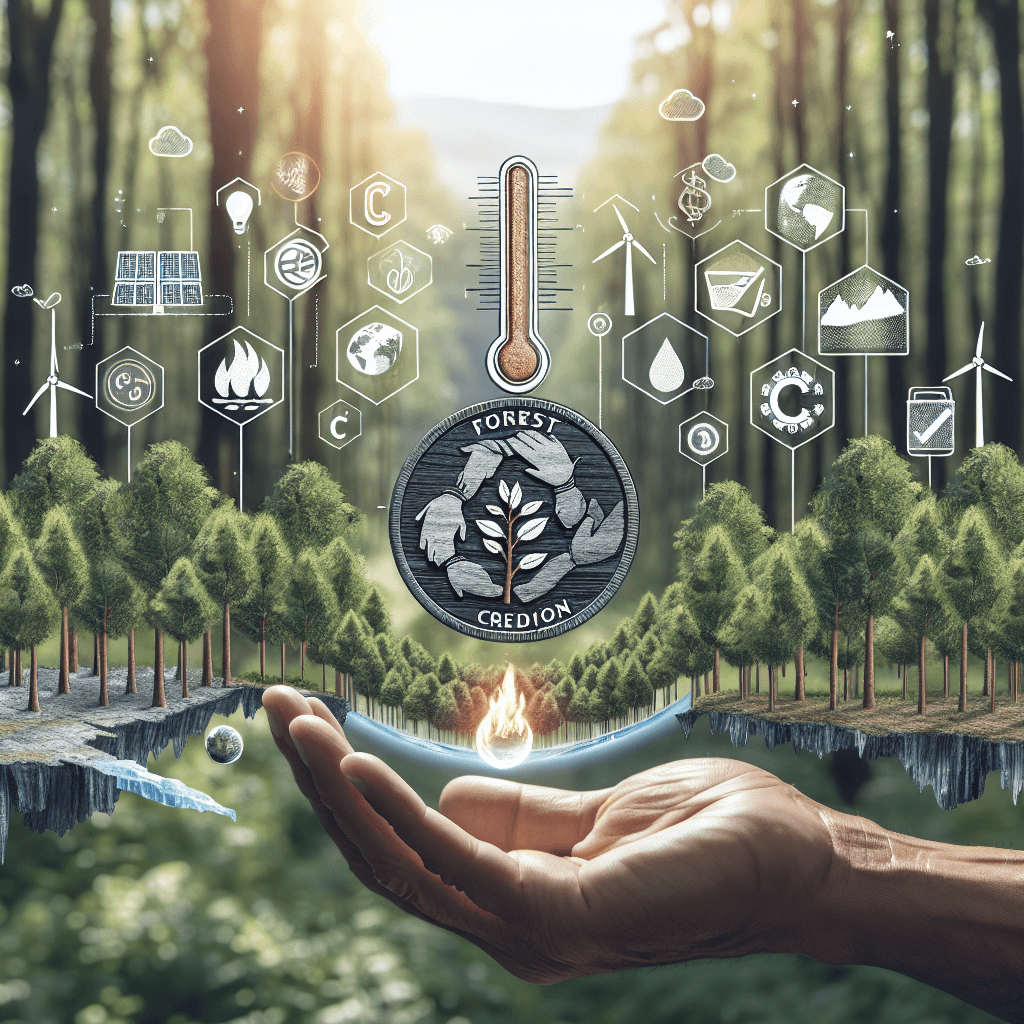Date:
26/11/2023
Listen to this article:
Difference in sustainability between renewable and non-renewable energy
Environmental impacts and economic considerations of energy sources
The role of technology in transitioning to renewable energy
The conversation around energy sources is critical to our understanding of sustainability and environmental protection. Renewable energy, as the name suggests, consists of sources that are naturally replenished on a human timescale. Solar power, wind energy, hydroelectricity, geothermal, and biomass are quintessential examples of renewable energy. These sources are considered 'clean' as their operation emits extremely low or no greenhouse gases.
Non-renewable energy, conversely, is derived from sources that exist in finite quantities on Earth, such as coal, natural gas, oil, and nuclear power. These are often referred to as fossil fuels, and they have historically been the backbone of industrial development. However, they produce a significant amount of greenhouse gases, which contribute to climate change and a wide array of environmental issues.
The use of non-renewable energy sources poses several challenges, notably their environmental impact. Burning fossil fuels releases carbon dioxide, a major greenhouse gas, along with other pollutants that can lead to respiratory health issues and environmental degradation. Furthermore, extracting these resources can cause ecological disturbances and water contamination. Renewable energies provide a stark contrast by offering an environmentally friendlier alternative with lower levels of pollutants, if any.
Economic implications also differentiate these two types of energy. Non-renewable energy sources, while currently more established, face depletion risks and potential price instability due to their finite nature. Renewable energy technologies, albeit sometimes higher in initial investment costs, promise long-term financial benefits, such as lower operational costs and the possibility for creating jobs in new industries.
Technological advancements play a crucial role in the adoption and efficiency of renewable energy sources. Solar panels are becoming more efficient and affordable, wind turbine technology is advancing, and energy storage solutions are improving. Governments and industries worldwide are investing heavily in research and development for renewables, underscoring the growing recognition of their importance for a sustainable future.
As the world's energy needs grow, understanding and utilizing renewable energy sources become increasingly pertinent for ecological sustainability and economic stability. Transitioning to renewable energy requires systematic transformations and continued innovation, but it offers the promise of a cleaner, more sustainable energy infrastructure for generations to come.
About the author
Evalest's tech news is crafted by cutting-edge Artificial Intelligence (AI), meticulously fine-tuned and overseen by our elite tech team. Our summarized news articles stand out for their objectivity and simplicity, making complex tech developments accessible to everyone. With a commitment to accuracy and innovation, our AI captures the pulse of the tech world, delivering insights and updates daily. The expertise and dedication of the Evalest team ensure that the content is genuine, relevant, and forward-thinking.
Related news

2023: The Year of Record-Breaking Global Warming
2023 has emerged as the hottest year on record, with significant global warming and environmental impacts, urging immediate climate action.

World's Largest Iceberg Breaks Free and Drifts Toward Southern Ocean
The world's largest iceberg, A23a, has broken free and is drifting rapidly towards the Southern Ocean, posing potential threats to wildlife and shipping routes.

New Method for Evaluating Impermanent Carbon Credits: Balancing Climate Action and Market Realities
Exploring a novel approach to evaluate impermanent carbon credits in forest projects, offering a potential solution to balance temporary carbon sequestration and long-term climate goals.